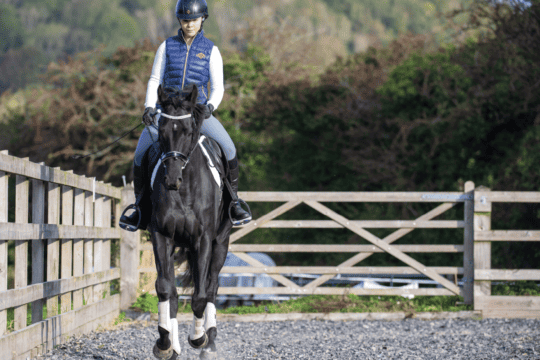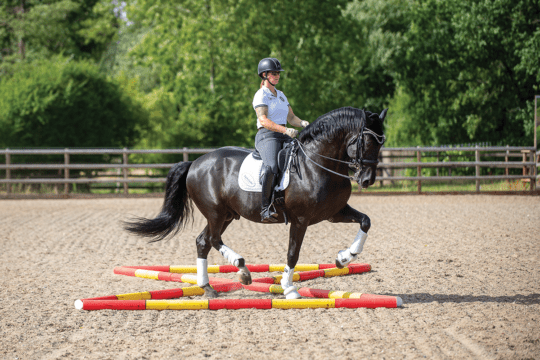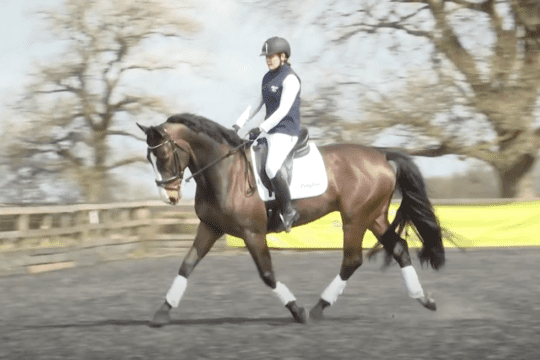Make the most of your time in the school with three exercises you can ride in 15 minutes or under
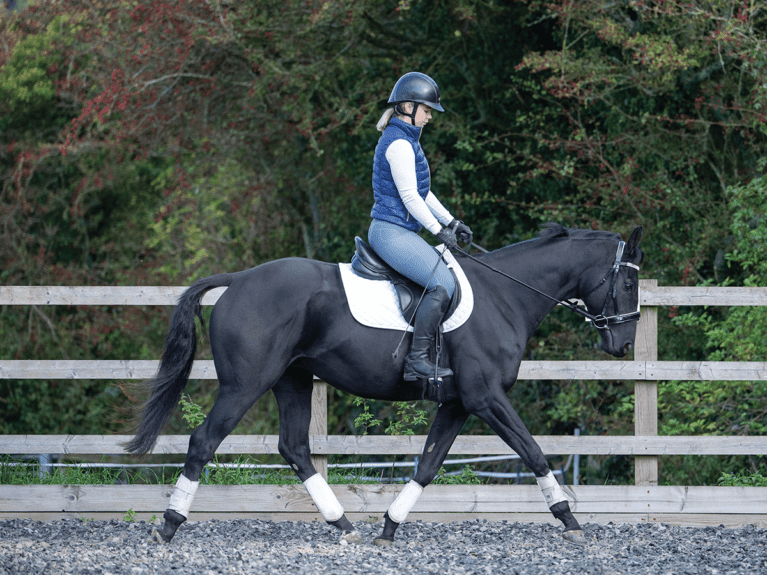
With limited light, commitments besides riding and dwindling energy levels, it can be hard to keep motivated when it comes to your horse’s fitness over winter. But, you don’t need to spend hours in the school every week to achieve the results you want. By including a few focused exercises, you can keep your sessions short and sweet but just as effective. Need inspiration? Check out our three quick and productive exercises that you can ride in 10 minutes or less, with no additional equipment required.
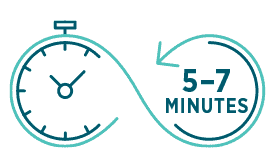
Warm up
One thing you shouldn’t scrimp on is getting your horse warmed up before you start the main part of the session. Ensure his muscles are warm by encouraging him to stretch long and low over his back, and add large circles, serpentines and loops to encourage him to loosen up. Your warm-up should also include lots of transitions to help engage your horse and ensure he’s listening to you.
Main session
To help make sure you work on as many different elements as you can in minimal time, just pick two or three of these exercise options to try…
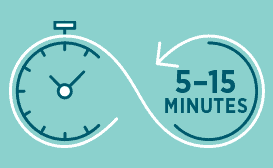
1. Figure it out
Riding a figure-of-eight’s the perfect way to work both sides of your horse’s body equally. Adding a transition in-between will encourage him to listen to your aids and move forward off your leg, and you’ll need to keep straight to make sure your half-circles are evenly sized.
Option one
While you’re warming up, alternate the shape of your figure-of-eight every other time you ride it. Start by riding a regular figure-of-eight, which is two 20m circles joined together, then try a squashed version where you ride two 10m circles between E and B, for example. That way, you’re working on different angles, directions and suppling your horse in the process.
Option two
Ride your figure-of-eight with transitions between, and within gaits. You can dot the transitions around the shape to keep your horse attentive, boost his balance, and encourage him off his forehand. Try not to haul him into a downwards transition by jamming on the brakes with your rein. To ask, slow your rising a little, sit up, apply a half-halt and maintain your leg pressure so he moves forwards. Think about refining your aids as he progresses so he responds more promptly.
Option three
Add in a leg-yield between the two circles of your figure-of-eight, as you ride from the track to X, then from X back to the track. Stay central in the saddle to ensure your horse doesn’t fall in with all his weight on one shoulder and only ask for a few strides to start with before straightening up.
Option four
Practise your canter lead changes by making a canter-trot-canter transition over X. You could increase the difficulty by making a simple change (canter-walk-canter) or by ditching the transition and riding half the shape in counter-canter. It’s best to start in counter-canter, though, so your horse isn’t thinking about switching leads.
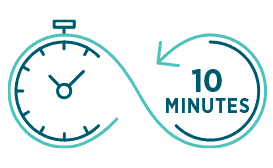
2. Spiral out of it
Get started
Ride a spiral shape in walk or trot…
- Begin on a 20m circle in the centre of the school. Then, metre by metre, edge your horse inwards by shifting your weight onto your inside seat bone and sliding your outside leg back a little. Maintain true bend by moving both hands slightly towards the inside.
- Keep pushing your horse in until you end up on a 10m circle around X. Hold this for one or two circles, then reverse your aids to ask him to spiral back out, metre by metre.
- When you arrive back on a 20m circle, go large, take a breather then change the rein and have a go the other way.
Up the challenge
You can use the benefits of spiralling out to make a perfect canter transition, too. While you’re spiralling out from a 10m circle, look for the optimum moment where your horse’s ribcage is bending around your inside leg, his neck’s soft, and his weight’s in your outside rein. Keep your outside elbow against your side to close the rein and ensure he’s not falling out through his shoulder, then ask for a balanced transition to canter.
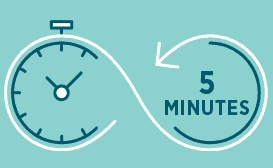
3. Collect yourself
Riding a sequence of movements is an ideal way to amalgamate the different scales of training into your schooling sessions, while riding an exercise that flows, too. You can customise this exercise to suit the areas you need to work on most.
Get started
Ride a 10m circle in each corner of the arena, and make transitions down each long side…
- Trot large around the arena, then in your first corner ride a 10m circle. Doing this will encourage your horse to step through with his hindleg so he can build impulsion and throughness.
- After you’ve ridden one circle, ride straight down the long side, and make a transition to walk or canter as you leave the corner.
- Return to trot just before you reach the short side, and ride another 10m circle in the corner to help your horse find his balance.
- Ride round the short side and repeat the exercise down the next long side.
- Change the rein and have a go the other way.
Up the challenge
To increase the difficulty level, instead of making a transition to a new pace down the long side every time, use the 10m circle to collect your horse, then ask for medium trot.
You could also practise riding 10m circles in canter, then make a direct transition to walk for a few strides along the long side. Or, ask for medium canter down the long side, before collecting again for the next 10m circle.

Cool down
It’s important to cool your horse down correctly so he doesn’t catch a chill, and to allow his muscles to relax. He’ll likely be willing to stretch lower and deeper across his neck and back after a workout, so ask him to walk in a stretched frame while still encouraging him to march forward. It can help to put a quarter sheet over his back if it’s particularly cold, as this will ensure he doesn’t cool down too fast.
Time well spent
Even if you’re restricted to just a couple of half-hour sessions in the school a week, you can still make your time in the saddle beneficial. With a bit of planning, your hard work and dedication will pay off come spring, when you have a fit, supple horse ready to make the most of the lighter days again.




